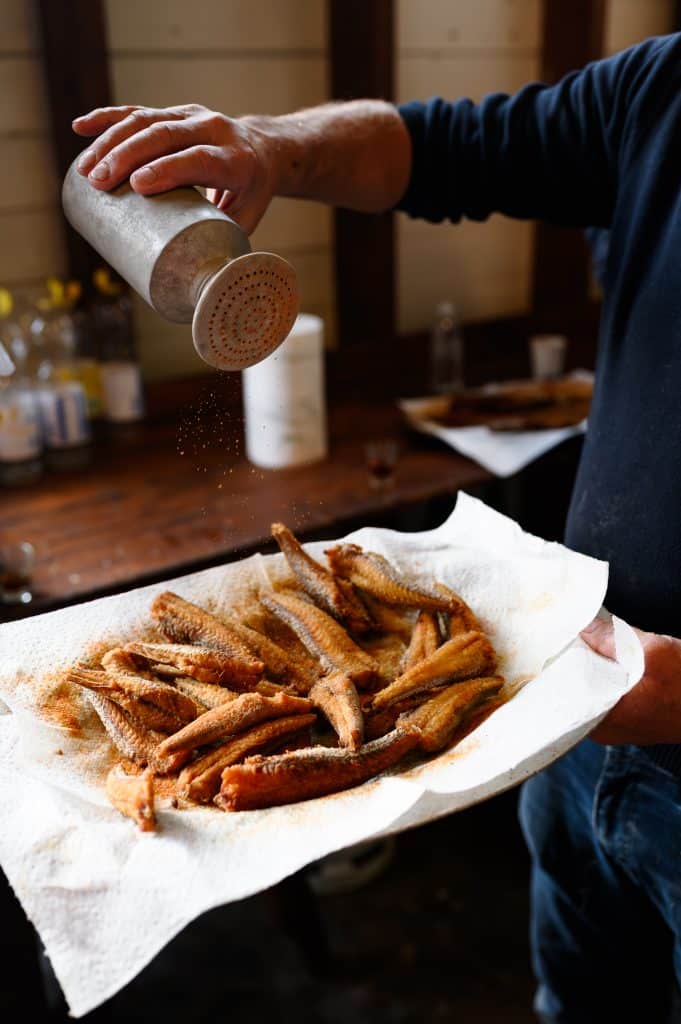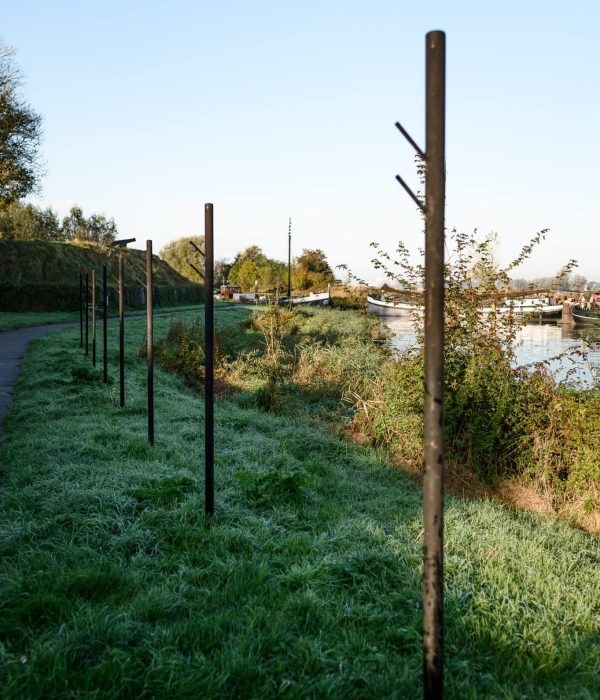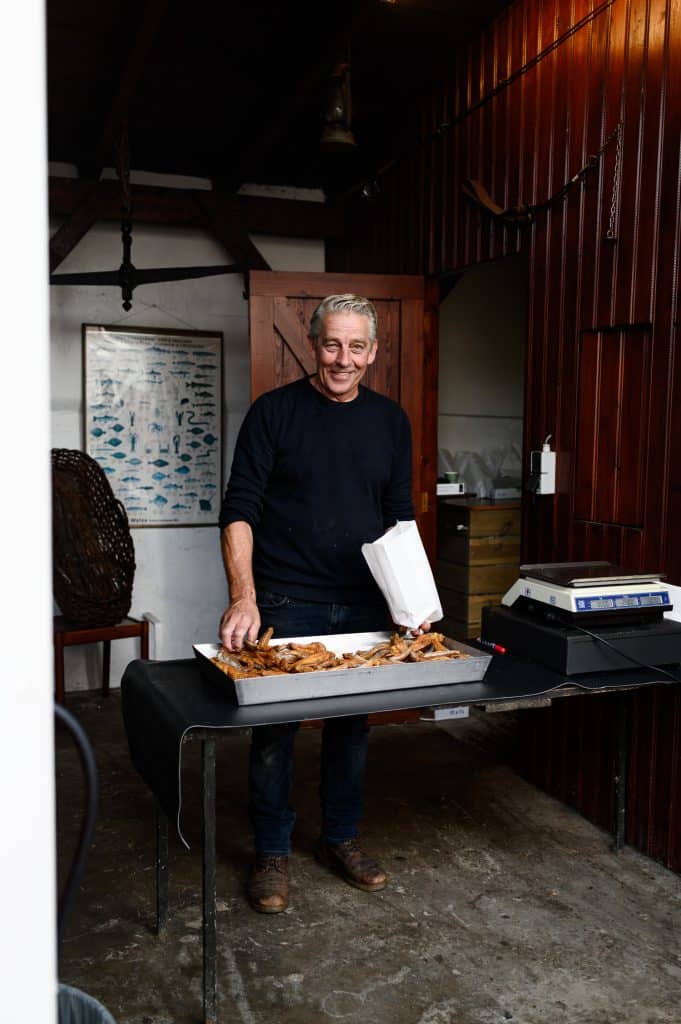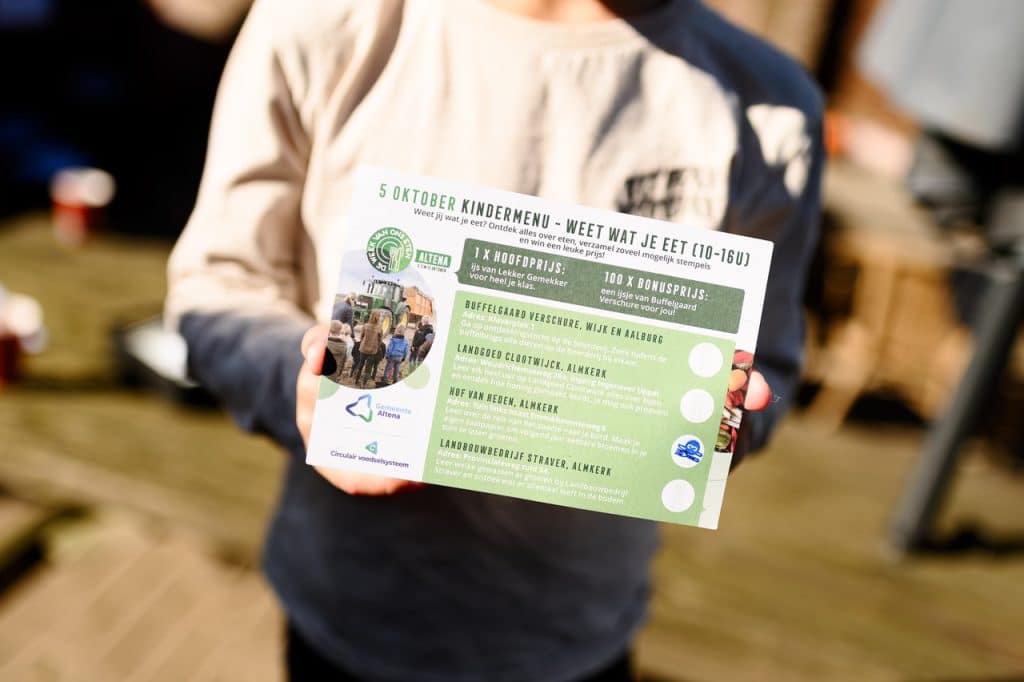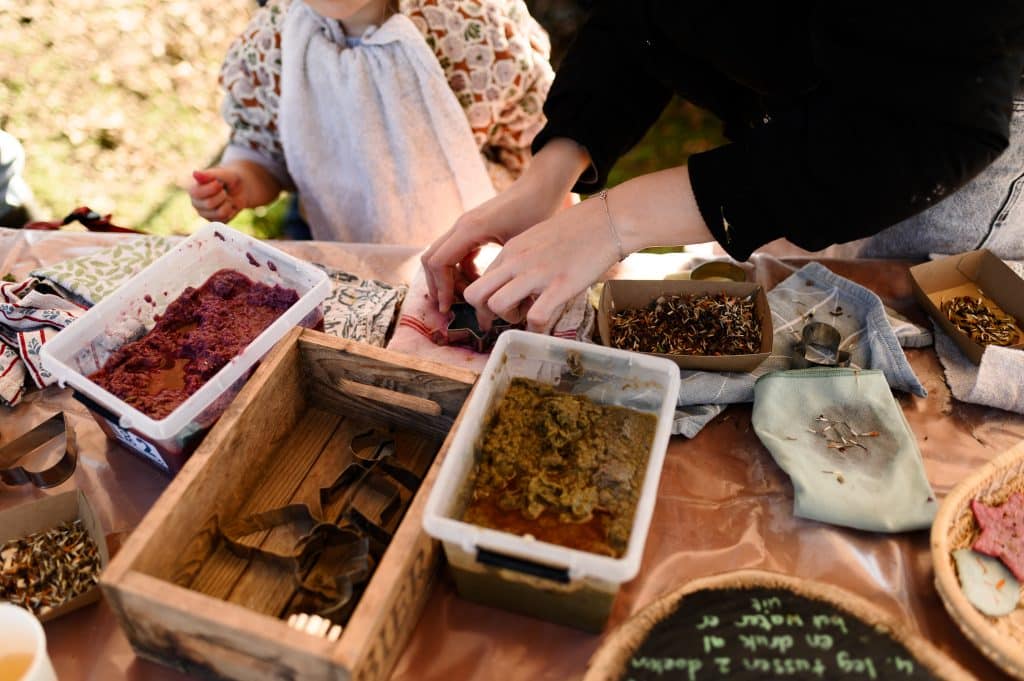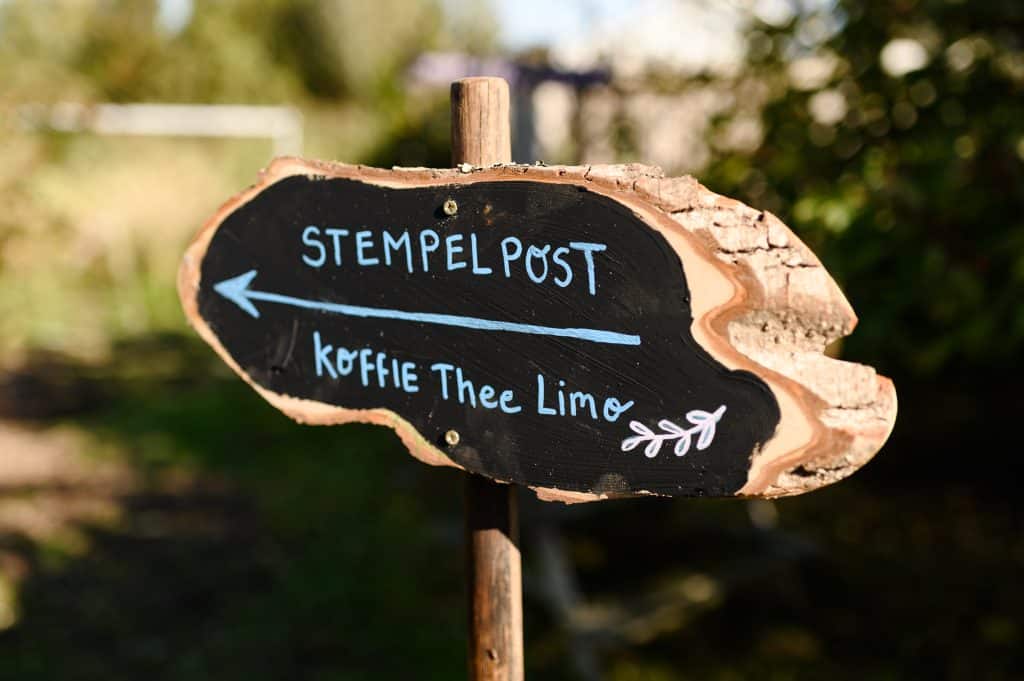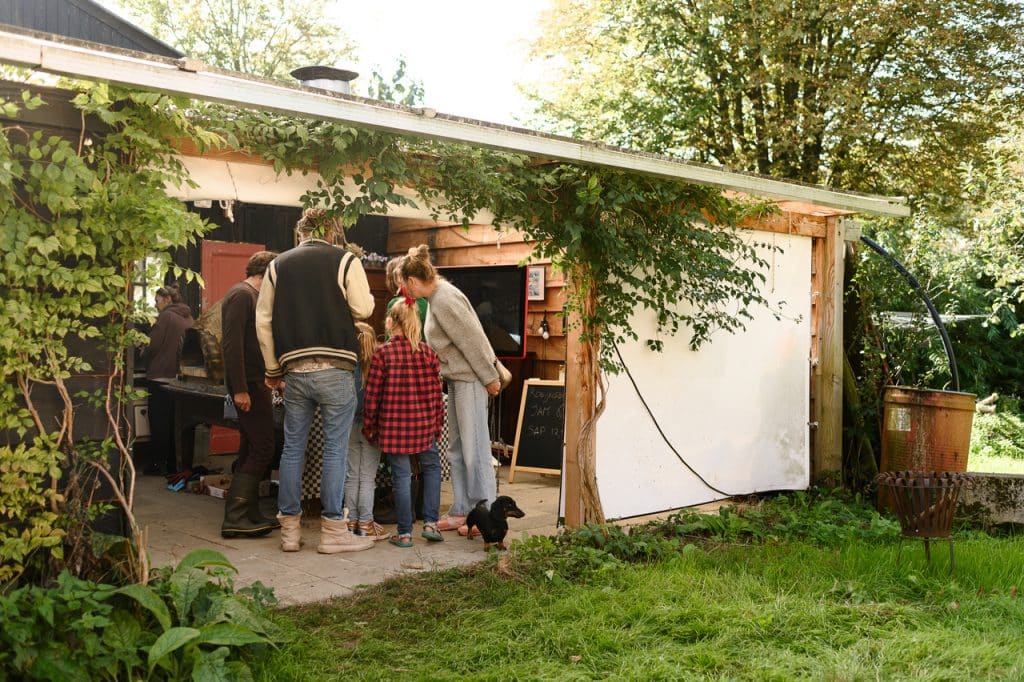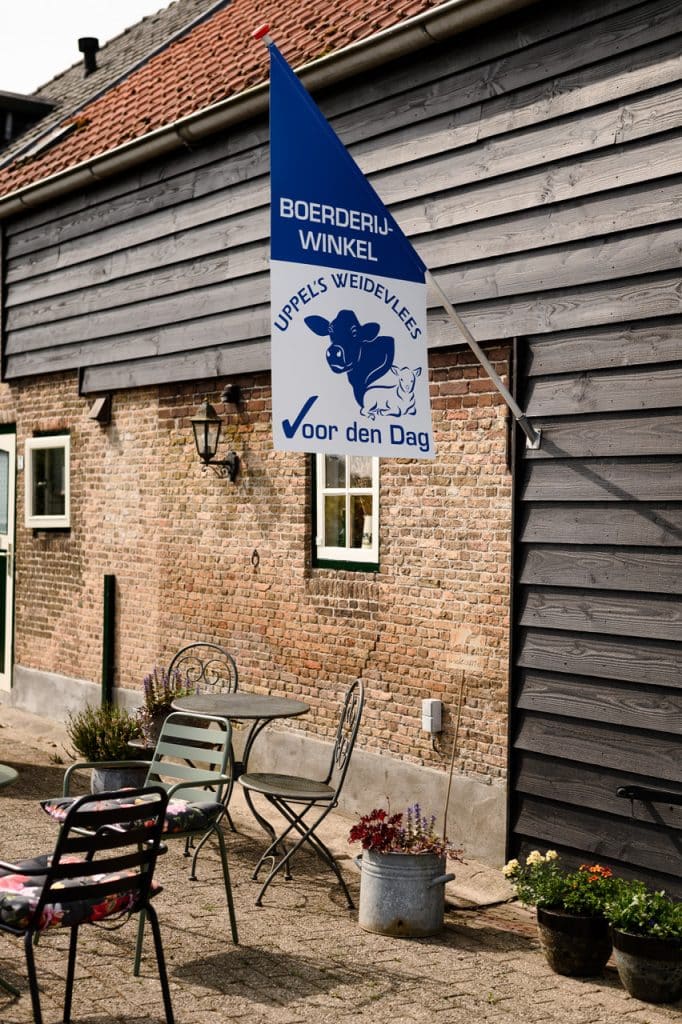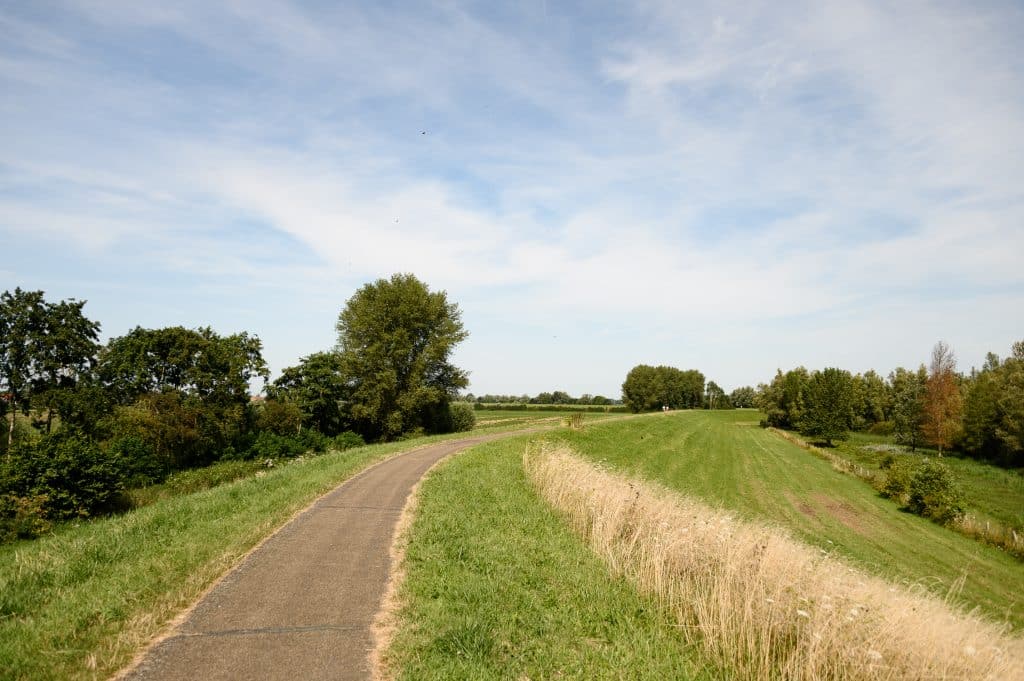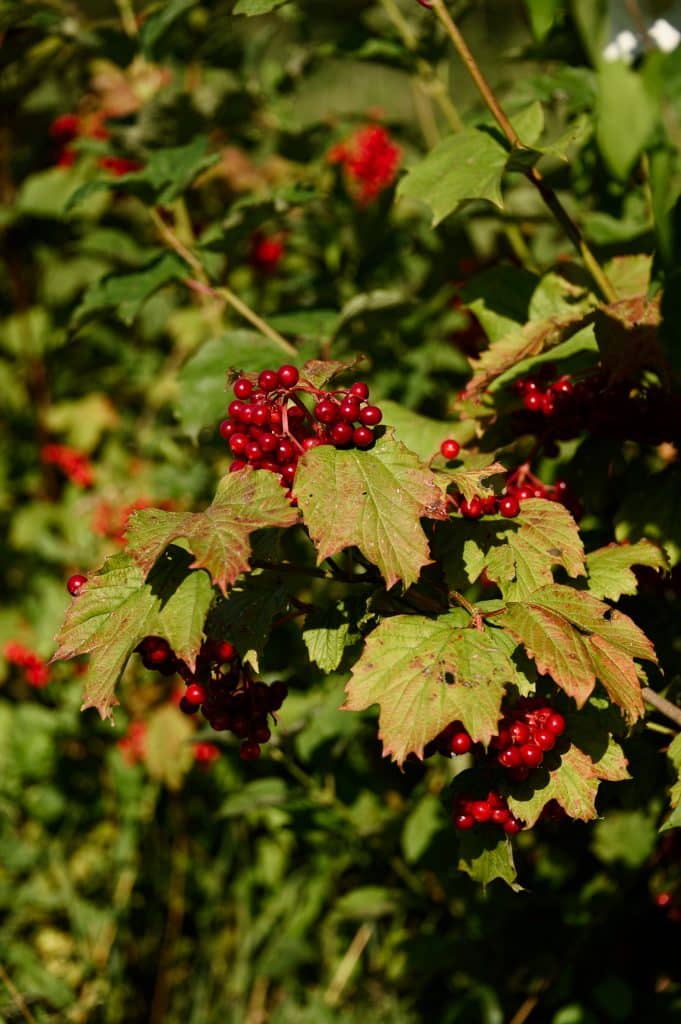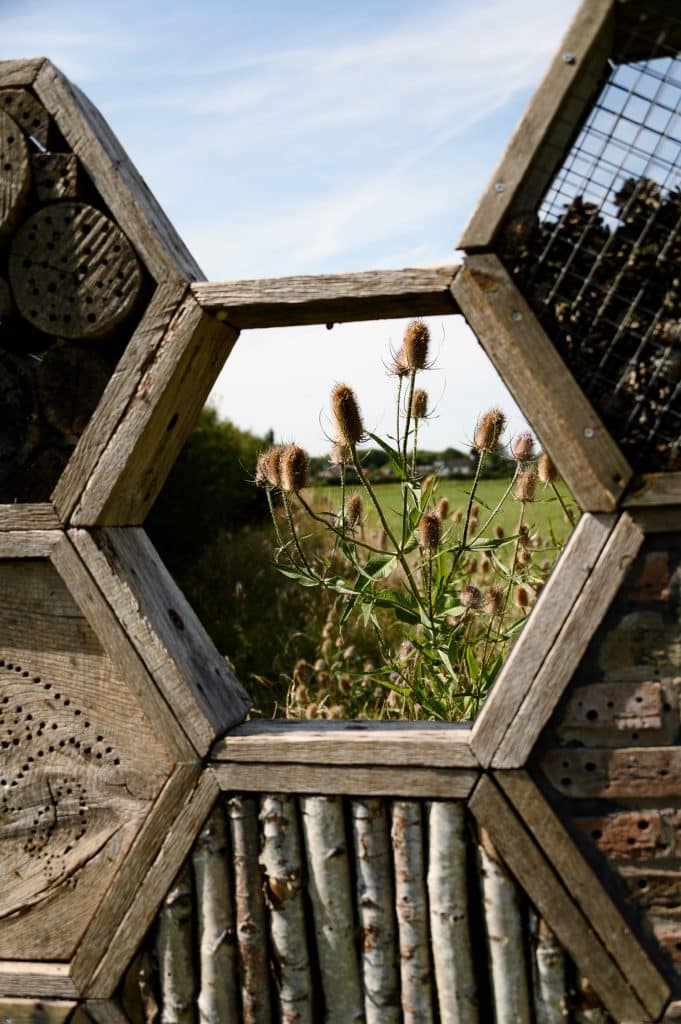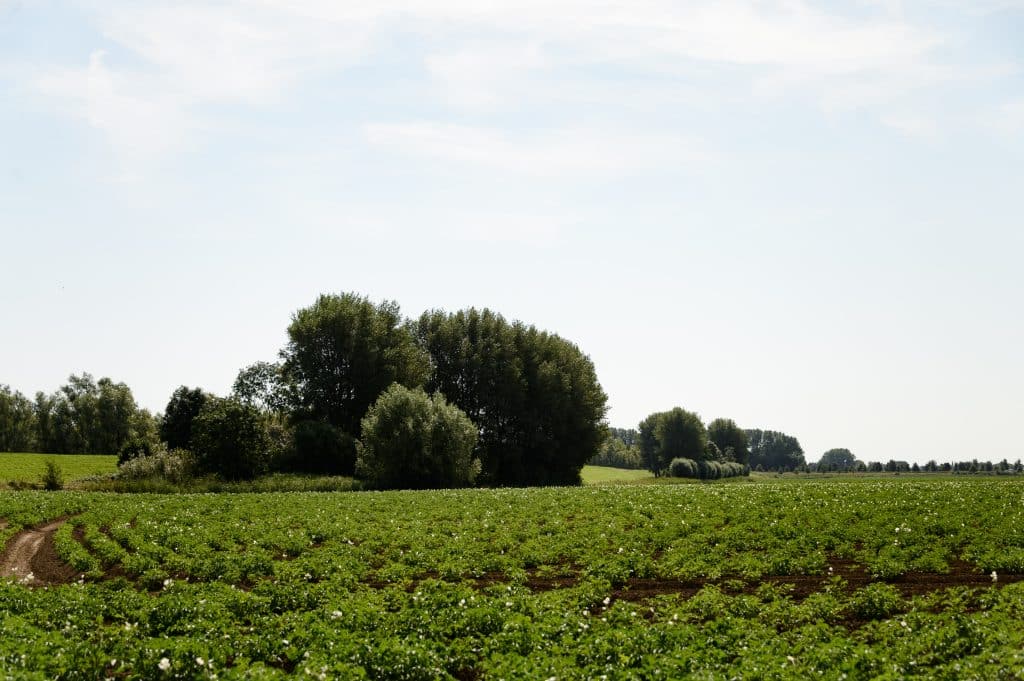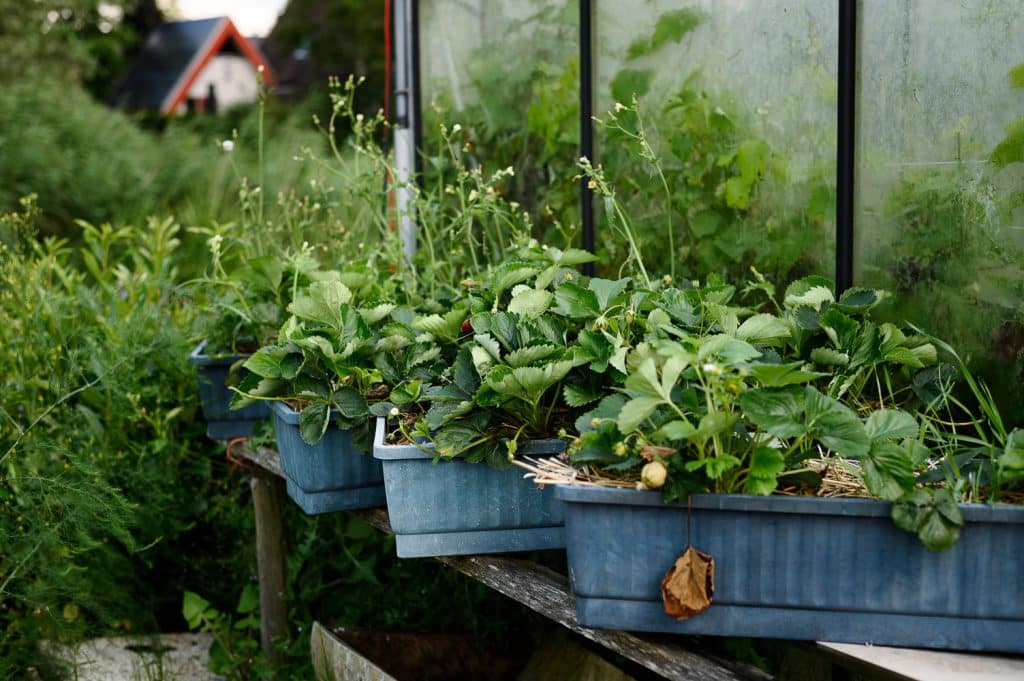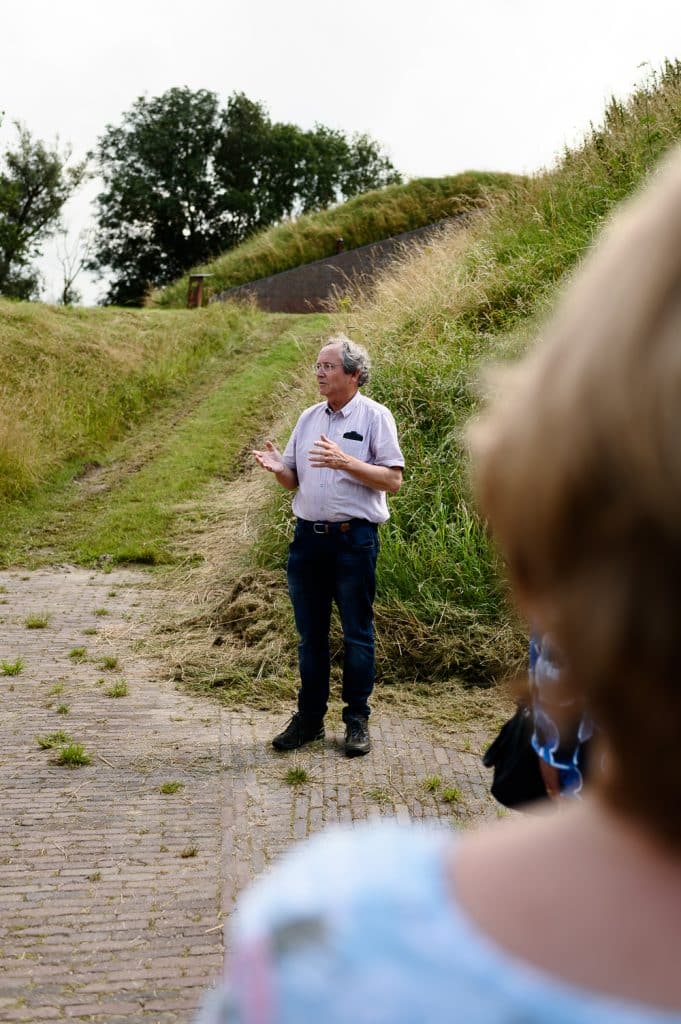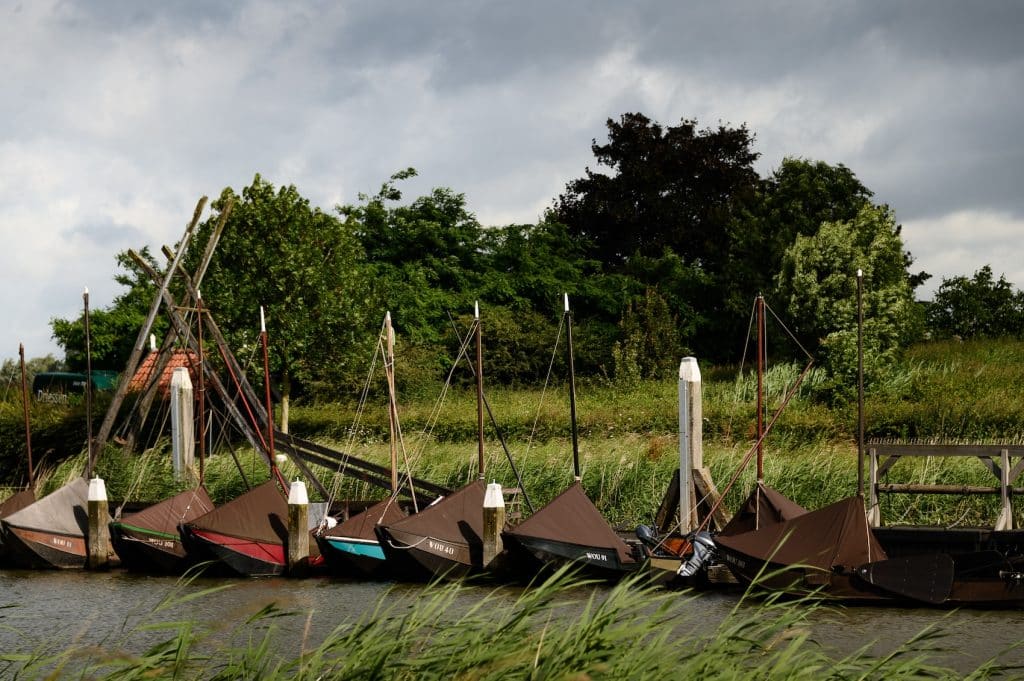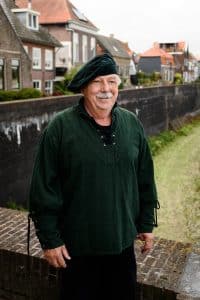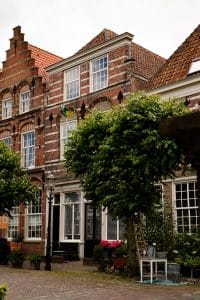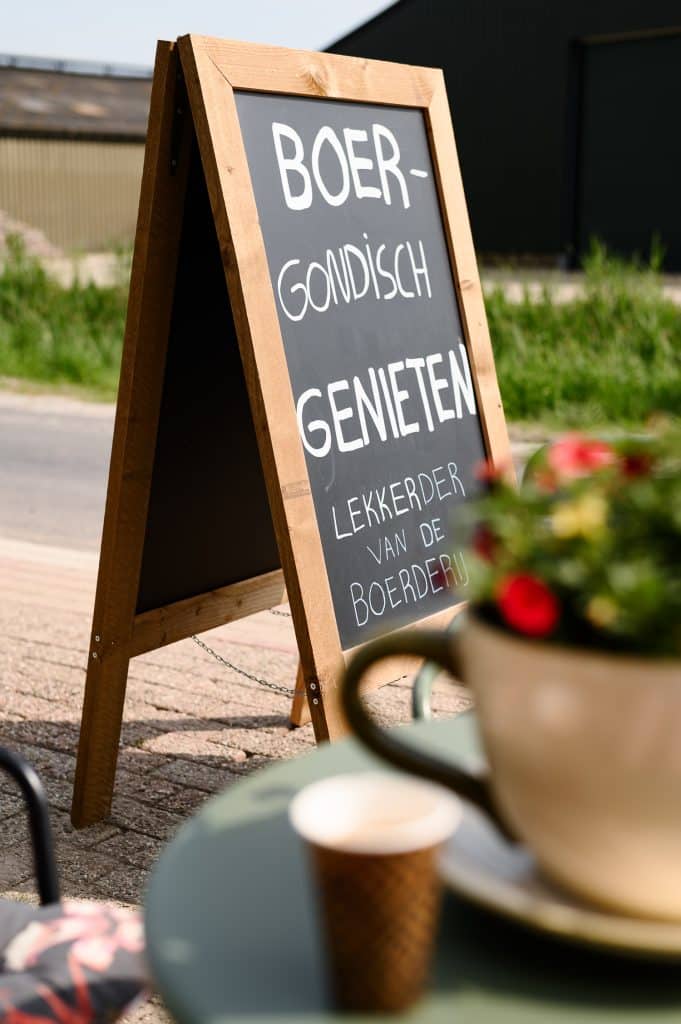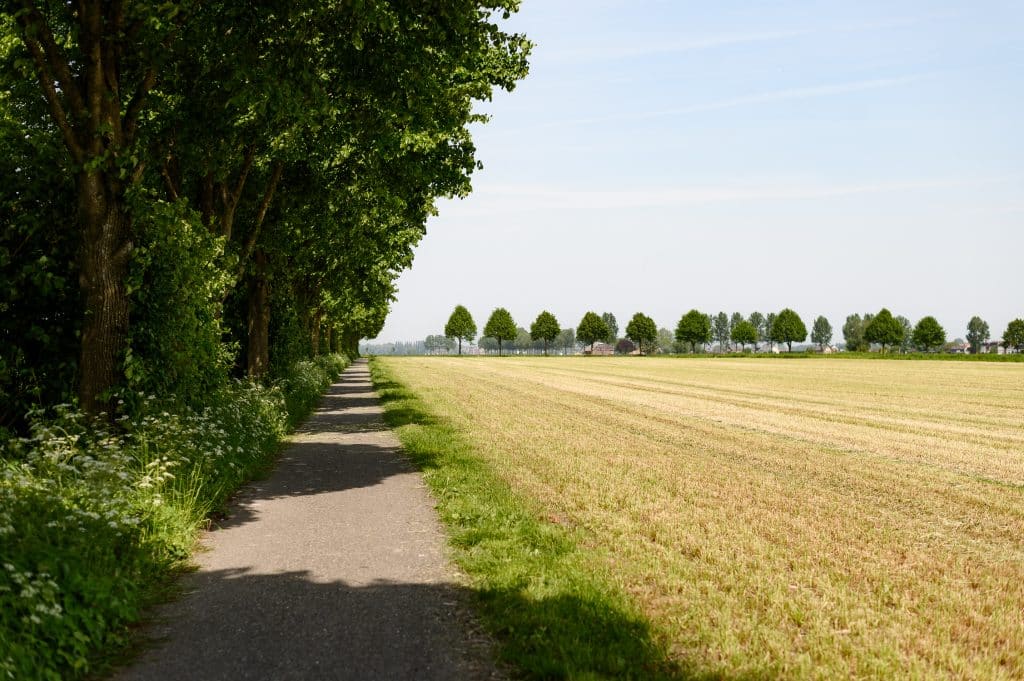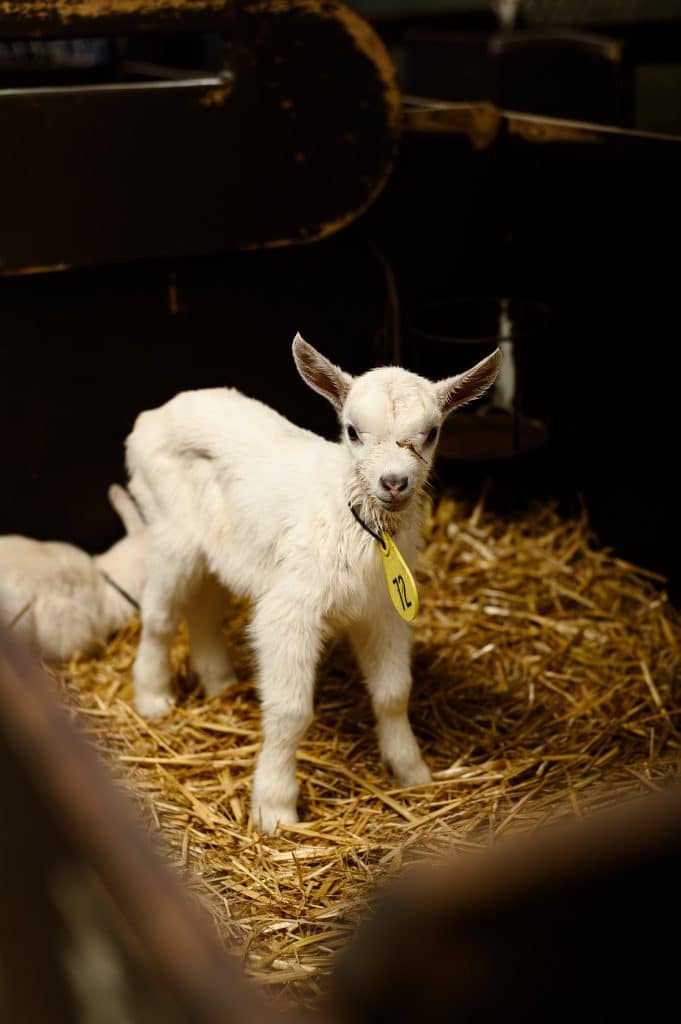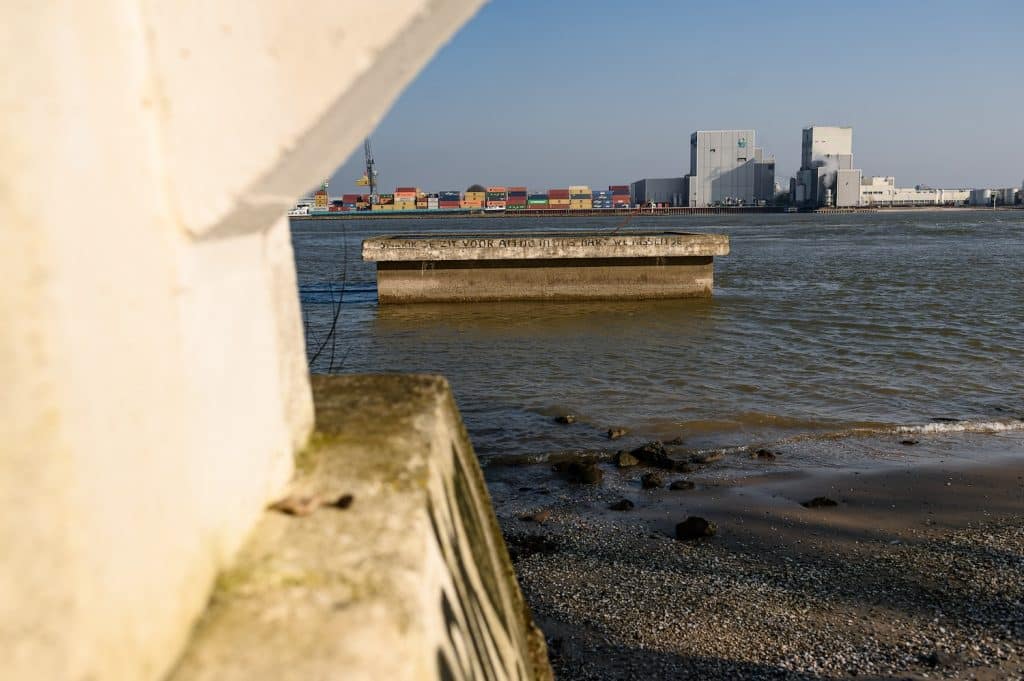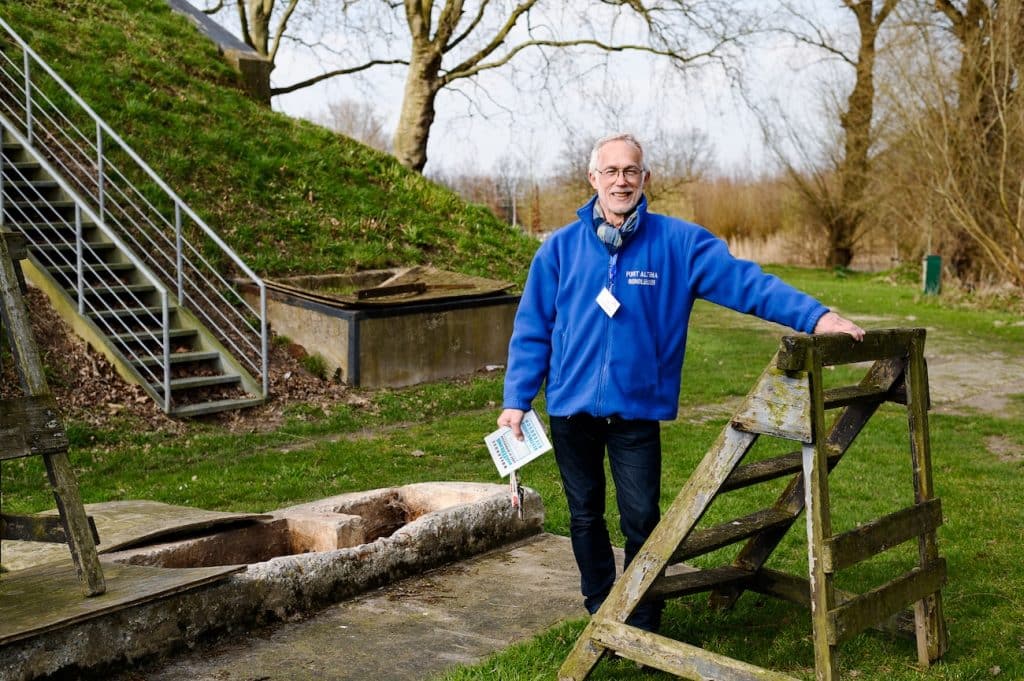Did you miss the activities during Our Food Week? Not to worry, because you can visit these participants for fresh and local food all year long:
Altena Beef
The cozy home farm store offers a modest selection of fresh vegetables, homegrown meats and delicacies.
Black Angus Farm
In this spacious farm store, meat from their own Black Angus cows is waiting for you. Quality from the farmer straight to your plate.
Buffalo Verschure
Take a tour of the barn and take a look at the buffalo. The farmer will be happy to tell you more about these special animals. In the farm store you can buy delicious buffalo products, such as fresh milk, cheese and sausages. Something for everyone!
Collectieboomgaard Den Hill
This special orchard houses old fruit varieties that were once found in Altena. Here you buy the delicious Altena juice on Fridays at home.
The Martine Hoeve
The potatoes here are so fresh that the clay still sticks to them. There are also free-range eggs, jars of honey and bottles of fruit juice for sale. All these goodies can be found in the green-and-white-painted gazebo in the yard of De Martine Hoeve.
Court of the Present
Every day it is a surprise what fruits and vegetables are for sale in the stall at this garden. Of course everything is unsprayed and straight from the land.
Landgoed Clootwijck
Looking for honey from their own estate or a bag of stewing pears? Then visit Landgoed Clootwijck and take a walk past the animals after shopping.
Delicious Meals
For delectable goat ice cream in every flavor imaginable, this is the place to be. Our favorite? The strawberry variety, of course!
Pixelfarming
At this innovative company you can take out a vegetable subscription. Each week you pick up a box full of crisp fresh vegetables.
Farm Straver
For your weekly supply of potatoes and onions, drive by Straver Farm. Fill your bags with these honest, homegrown products.
The Honey Bin
Honey candies, jars of golden honey, honeycombs and candles - you won't get lost in this charming little store full of sweets!
Uppel's Meadow Meat
Whether you're looking for minced meat, stew or beautiful cuts of meat, you'll always find top-quality fresh produce at this farm store.
Cycling for my food Altena
For all home selling points, check out the Cycling for My Food website.
Flagship The Week of Our Food Altena: circular food system program municipality of Altena.
Text and photos: www.priscavisser.nl. Here you will find all of Prisca's blogs.






